The Lakshadweep Snorkeling and Coral Tour is a one-of-a-kind tropical adventure, offering pristine islands, turquoise waters, and vibrant marine life. Situated in the Arabian Sea off the southwestern coast of India, Lakshadweep is famous for:
- Crystal-clear lagoons and coral reefs ideal for snorkeling
- Exotic marine species, including colorful fish, sea turtles, and reef sharks
- White sandy beaches and coconut palms
- Island hopping across beautiful atolls like Agatti, Bangaram, and Kadmat
Lakshadweep provides an exclusive experience for adventure seekers and nature lovers, combining underwater exploration with peaceful island life. Lakshadweep Snorkeling and Coral Tour.
Best Time to Visit
- Winter (October – March): Best for snorkeling, diving, and water activities due to calm seas
- Summer (April – June): Hot and humid; waters are suitable for snorkeling, but outdoor activities may be tiring
- Monsoon (July – September): Heavy rainfall; water sports are limited and seas can be rough
Optimal Season: October to March offers clear visibility for snorkeling and comfortable weather for exploring the islands.
How to Reach Lakshadweep
By Air
- Agatti Airport is the only airport in Lakshadweep with flights from Cochin International Airport (Kerala)
- Taxis or boats are available for transfers to islands and resorts
By Sea
- Passenger ships operate from Kochi (Cochin) to major islands like Kavaratti, Kalpeni, and Minicoy
- Travel time varies from 14 to 20 hours, offering scenic views of the Arabian Sea
By Road/Local Transport
- On the islands, motorbikes, bicycles, and boats are primary transport options for getting around and island hopping
Entry Fees and Permits
- Lakshadweep requires special permits for all domestic and international tourists
- Entry permits can be obtained through registered travel agencies or online; fees vary depending on duration and island visited (approx. INR 500–1000, subject to change)
- Certain protected marine areas may have additional access restrictions
Food Availability and Meal Options
Lakshadweep offers a mix of local, Indian, and seafood cuisine:
- Seafood: Fresh fish, prawns, crabs, and lobsters, often prepared with coconut and local spices
- Indian and local dishes: Rice-based meals, coconut curries, and tropical fruits
- Vegetarian options: Available in homestays and island resorts
- Snacks and energy food: Recommended during snorkeling or island-hopping trips
Tips:
- Drink bottled water and avoid untreated tap water
- Carry light snacks during long island excursions
Packing List and Essentials
Clothing
- Light, breathable clothing suitable for tropical weather
- Swimwear, rash guards, and quick-dry outfits
- Hat and sunglasses for sun protection
Footwear
- Sandals or water shoes for beaches and coral zones
- Comfortable shoes for island exploration
Snorkeling Gear
- Mask, snorkel, and fins (available for rent at most resorts)
- Waterproof bag for valuables and electronics
- Underwater camera or GoPro for capturing marine life
Health & Safety
- Sunscreen, insect repellent, and basic first-aid kit
- Travel insurance covering water sports
- Medications for seasickness if needed. Lakshadweep Snorkeling and Coral Tour.
Safety Tips and Local Regulations
- Always snorkel with a guide or instructor and follow safety briefings
- Avoid touching or stepping on coral reefs to preserve marine life
- Use eco-friendly sunscreen to prevent reef damage
- Respect local laws and restricted areas, especially around tribal islands
- Carry identification and entry permits when traveling between islands
Tips for Beginners or First-Time Visitors
- Start with guided snorkeling sessions before attempting independent exploration
- Choose shallow reef areas for your first snorkeling experience
- Schedule excursions during calm sea conditions
- Combine snorkeling with island hopping to maximize the experience
- Respect local customs and avoid littering the fragile ecosystem
Local Customs and Cultural Etiquette
- Greet locals politely and dress modestly when visiting inhabited islands
- Photography may be restricted on certain tribal islands
- Respect sacred spaces, mosques, and community areas
- Bargaining is not common; fixed prices are typical in local markets
- Avoid disrupting marine life and follow all conservation guidelines
FAQ Section
1. How long should a Lakshadweep snorkeling tour last?
- 3–5 days is ideal to explore multiple islands and enjoy snorkeling sessions.
2. Is snorkeling safe for beginners?
- Yes, with certified guides and safety equipment.
3. What is the difficulty level of the tour?
- Easy; suitable for all ages and first-time snorkelers. Lakshadweep Snorkeling and Coral Tour.
4. Are there public restrooms available?
- Yes, at resorts and major islands, but facilities may be basic.
5. Do I need permits to visit Lakshadweep?
- Yes, all visitors require entry permits from local authorities.
6. Can I take underwater photos?
- Yes, with waterproof cameras or GoPro; some resorts provide rental equipment.
7. Are there vegetarian food options?
- Widely available at homestays and resorts.
8. Is mobile connectivity available?
- Limited; major islands like Kavaratti and Agatti have coverage, but remote islands may have none.
9. Can snorkeling be done during monsoon season?
- Not recommended due to rough seas and low visibility.
10. Are children allowed for snorkeling?
- Children above 8 years can usually participate in shallow guided snorkeling sessions.
Conclusion
The Lakshadweep Snorkeling and Coral Tour is an ideal blend of adventure, relaxation, and marine exploration. From snorkeling amidst vibrant coral reefs to enjoying peaceful island life and pristine beaches, this tour caters to both beginners and experienced travelers. Lakshadweep Snorkeling and Coral Tour.
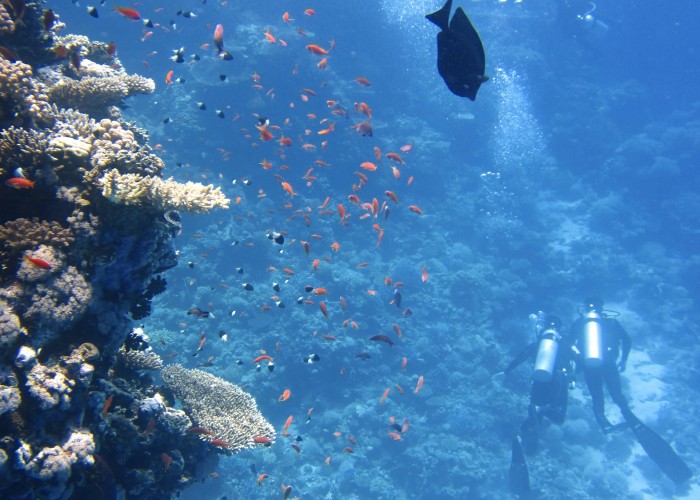
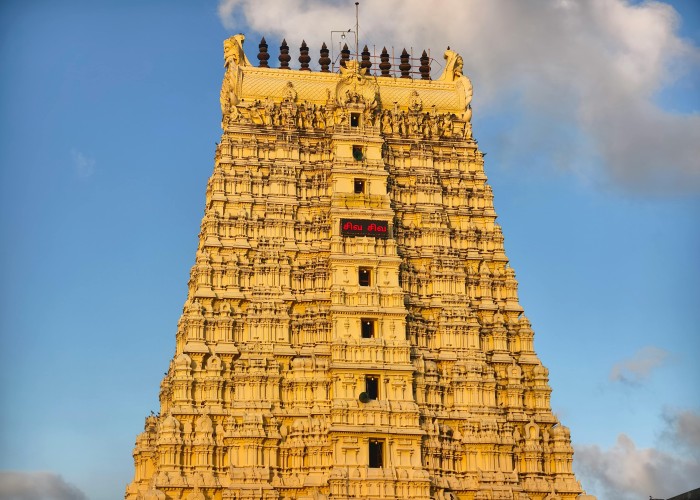
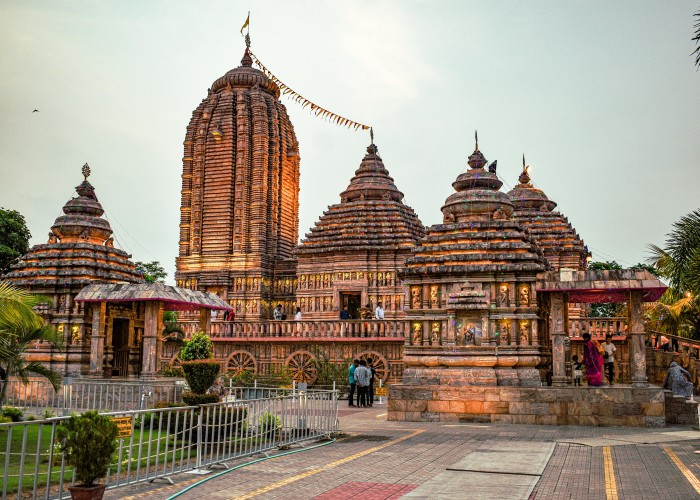
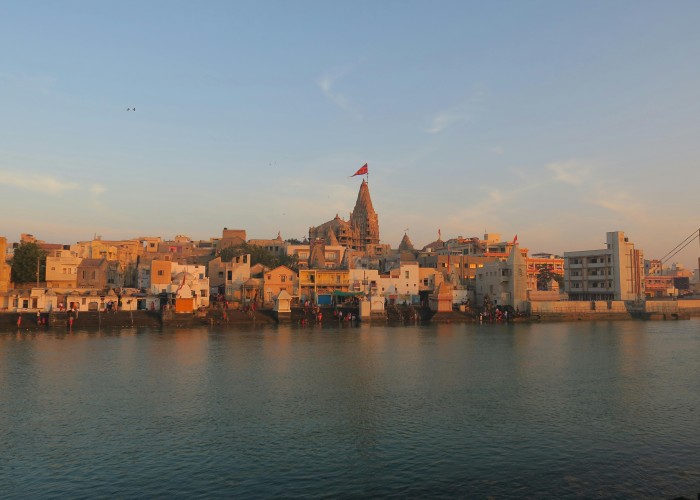
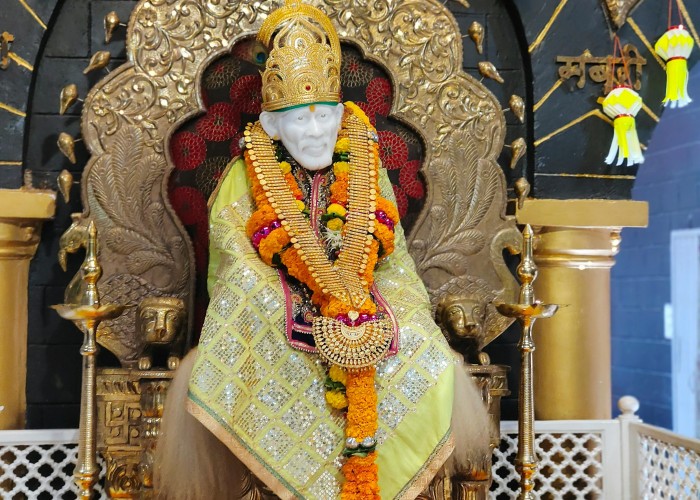
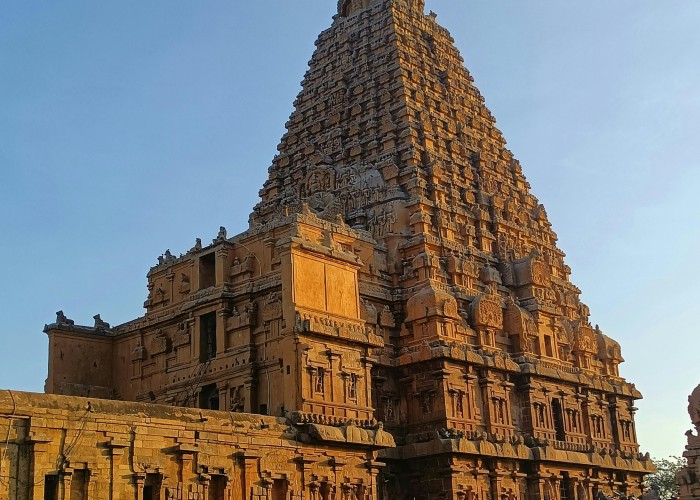
Leave a Reply